Crop Report - July 15, 2025
July 15, 2025
Crop Report
What's going on in the field
Fungicide applications on wheat and canola have recently been applied, if they were even deemed necessary. With the crops being so variable in how well they look at this stage, farmers will pick and choose which fields to spray with fungicide - the fields that have better soil and/or received more rainfall will have grown taller and thicker crops. The thicker the plant stand and crop canopy, the more moisture it will trap beneath the canopy - and since fungi thrive under moist conditions, the greater the chance of disease occurring. Shorter, thinner crops growing on sandier land and/or with limited rainfall will not trap moisture and the plant surfaces will dry out quickly, making it less likely that disease will develop. Fields like this will likely not produce an additional profit to offset the cost of fungicide plus application.
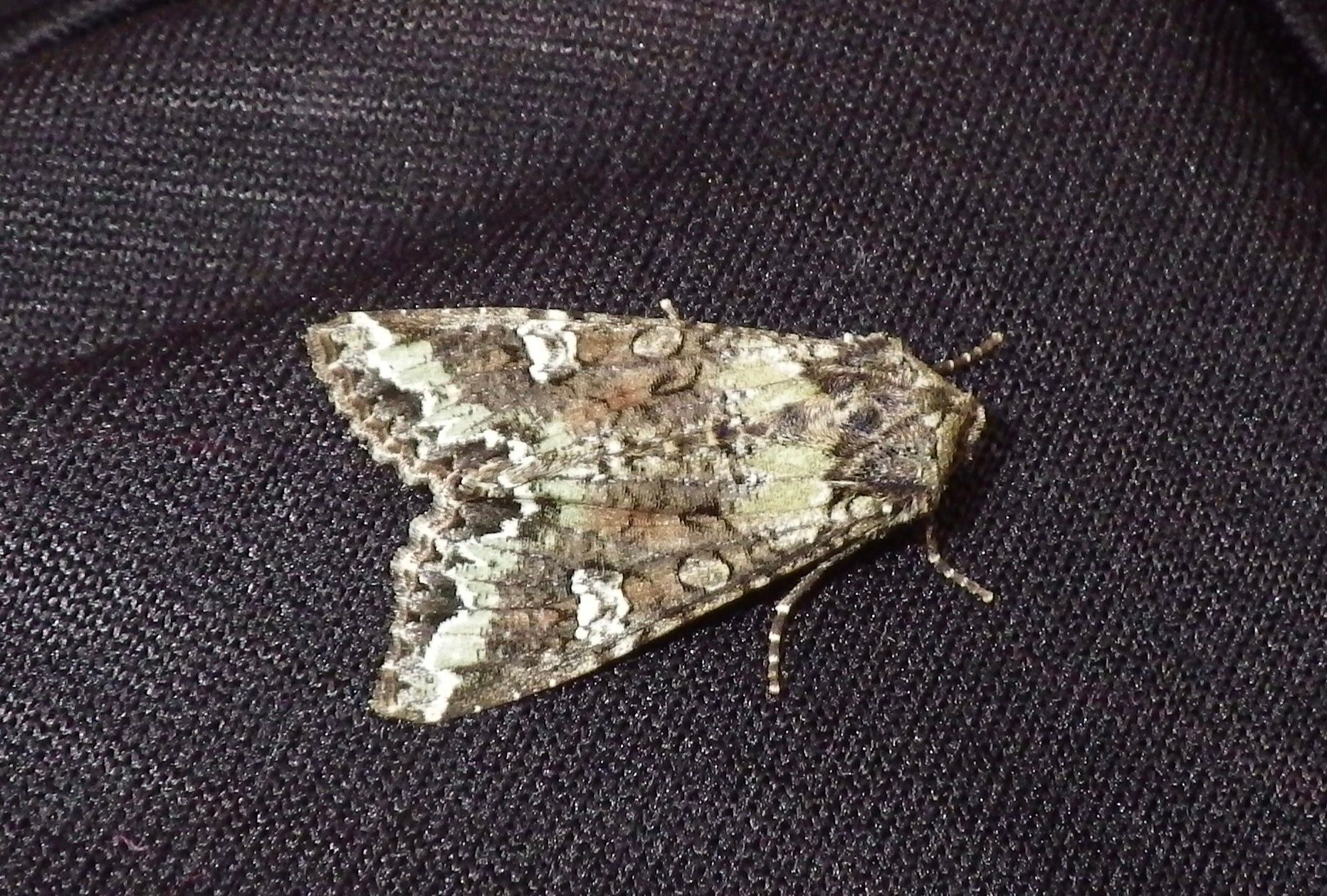
Figure 1. Bertha armyworm moth. (Credit: Jennifer Bogdan)
Farmer’s Focus: Insights for the Weeks Ahead
Once the fungicide application window has passed, the only other potential threat to the crops to watch for are late season insects. In particular, farmers will be watching for bertha armyworm larvae in their canola. Bertha armyworm moths (Figure 1) begin laying eggs on canola leaves in June and by mid- to late-July, the larvae (Figure 2) have hatched and will start feeding on canola plant tissue. They begin feeding on the leaves but as the canola plant naturally loses its leaves upon reaching the podding stage, the larvae move upwards on the plants to feed on the green pods. As they feed on the pods, the armyworms also eat the young green canola seeds causing yield loss (Figure 3).
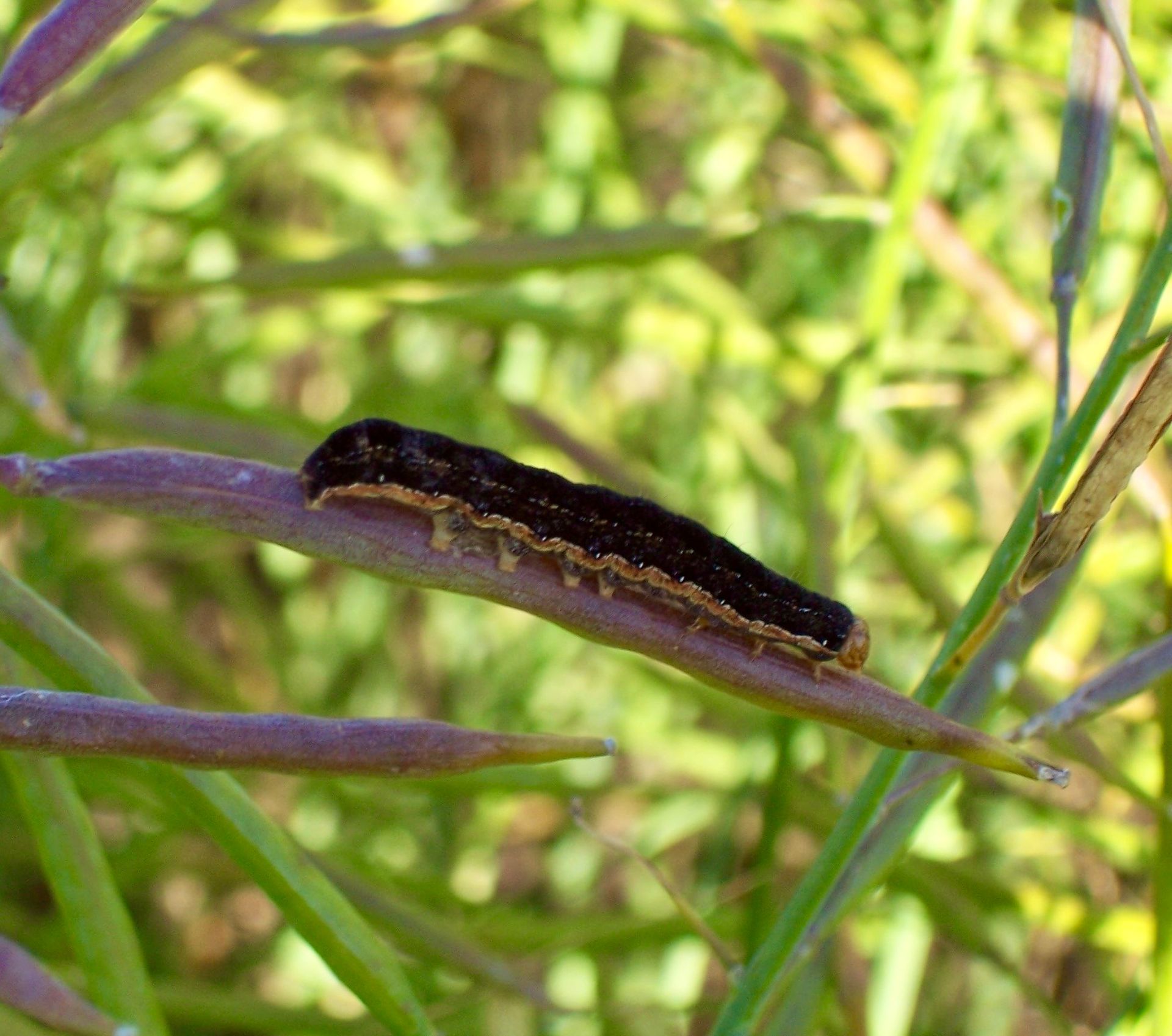
Figure 2. Bertha armyworm larvae. Full-grown larvae can appear in black, brown, or green forms, but all have a characteristic stripe that runs along each side. (Credit: Jennifer Bogdan)
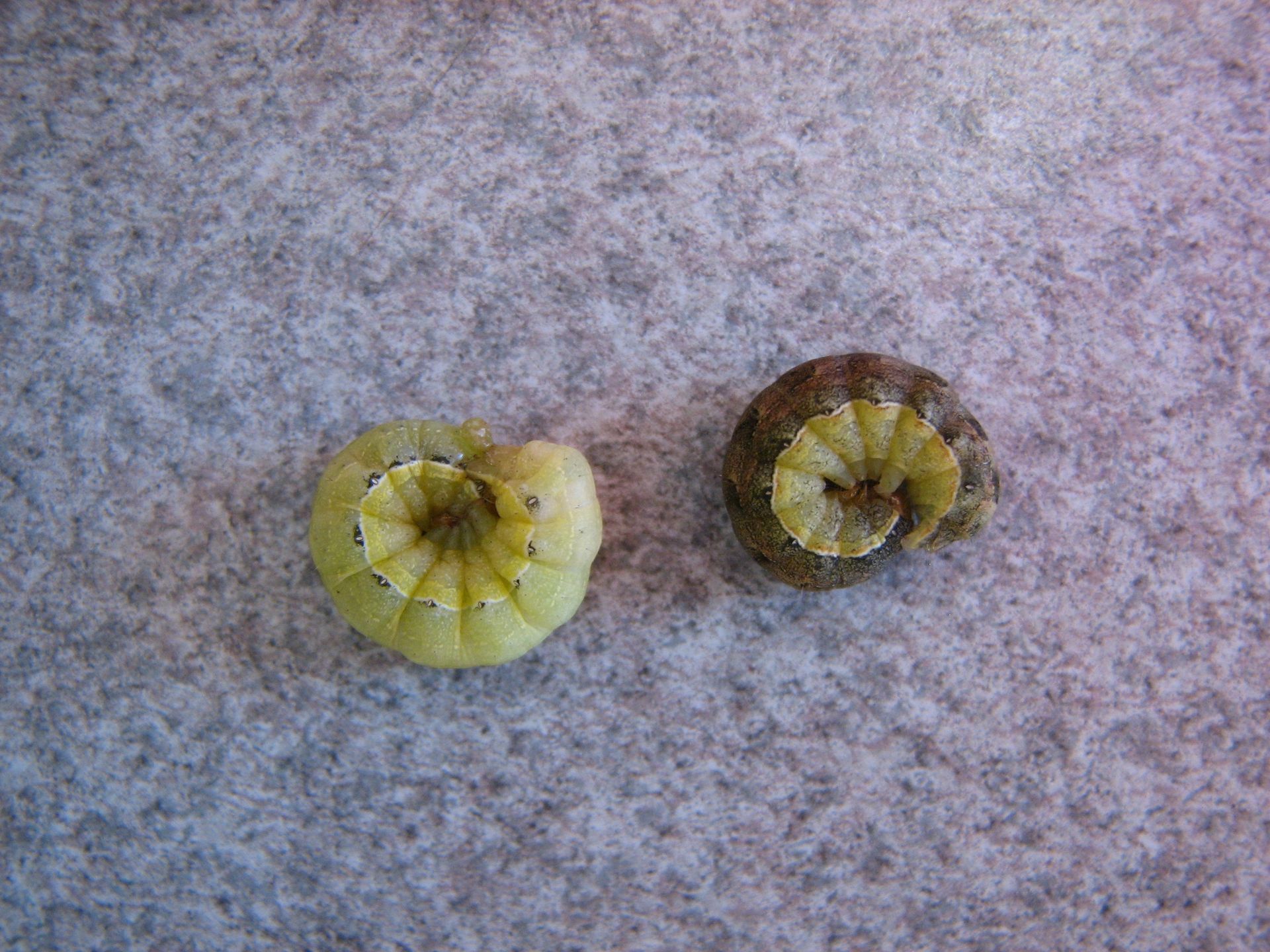
Figure 3. Bertha armyworm larvae. Full-grown larvae can appear in black, brown, or green forms, but all have a characteristic stripe that runs along each side. (Credit: Jennifer Bogdan)
Farmer's focus: insights for the week ahead
In outbreak years, bertha armyworms can cause great yield losses across large geographies. The last year of significant outbreaks in the province was 2016, with outbreak cycles occurring every 8-10 years and lasting for 2-3 years. This means that we’re due for an outbreak any year now. The Ministry of Agriculture coordinates a bertha armyworm monitoring program where farmers and industry set up traps to catch moths. Based on the moth counts, a weekly risk map is produced to help identify hot spots in the province - if potential outbreak areas show up on the map, it’s time for farmers to start thoroughly checking their canola fields on a regular basis. The weekly risk maps can be found on the province’s website:
https://www.saskatchewan.ca/business/agriculture-natural-resources-and-industry/agribusiness-farmers-and-ranchers/crops-and-irrigation/insects/bertha-armyworm-map
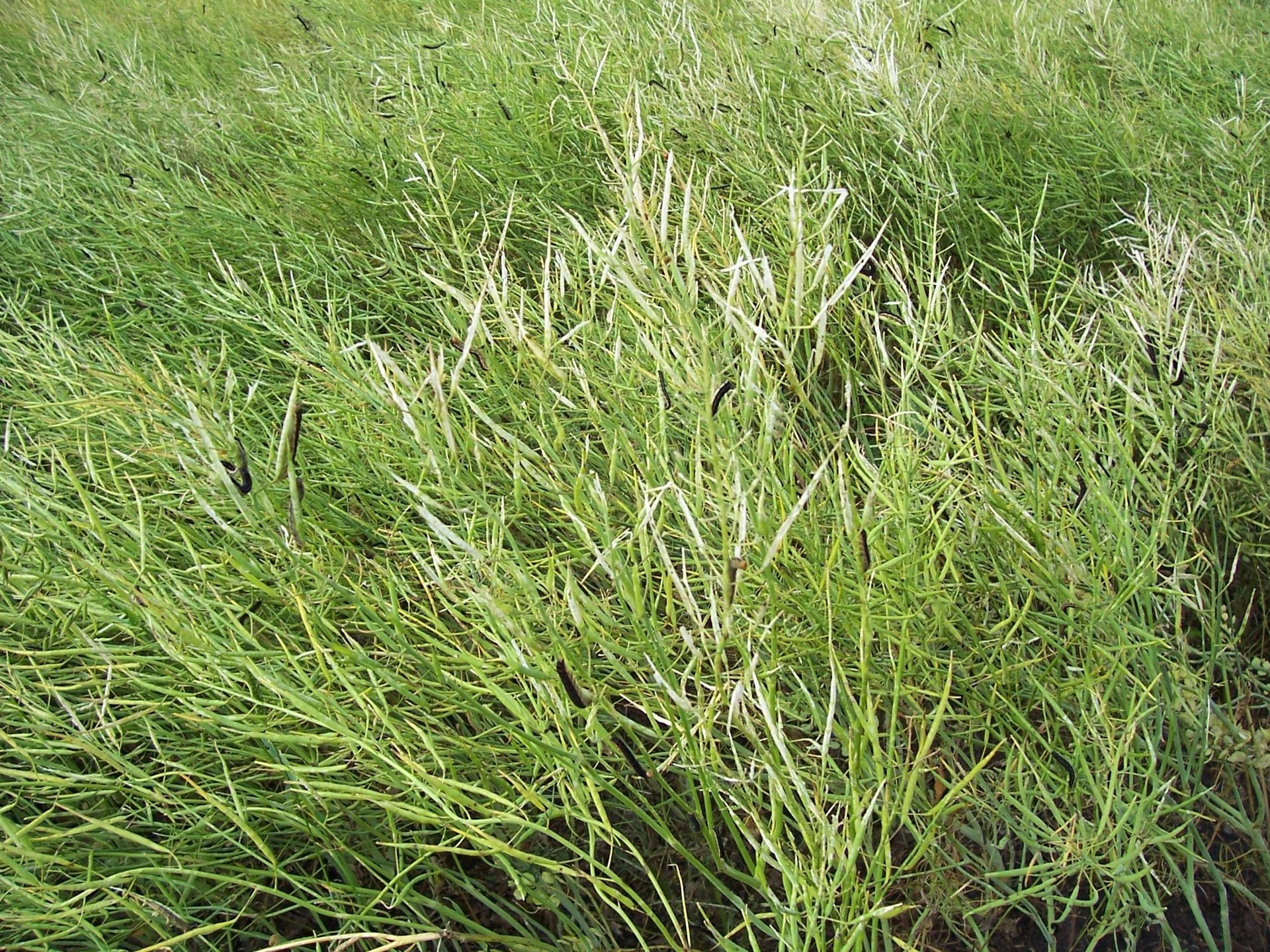
Figure 4: High amounts of feeding damage can give the canola crop a whitish appearance as green plant tissue is consumed. (Credit: Jennifer Bogdan)
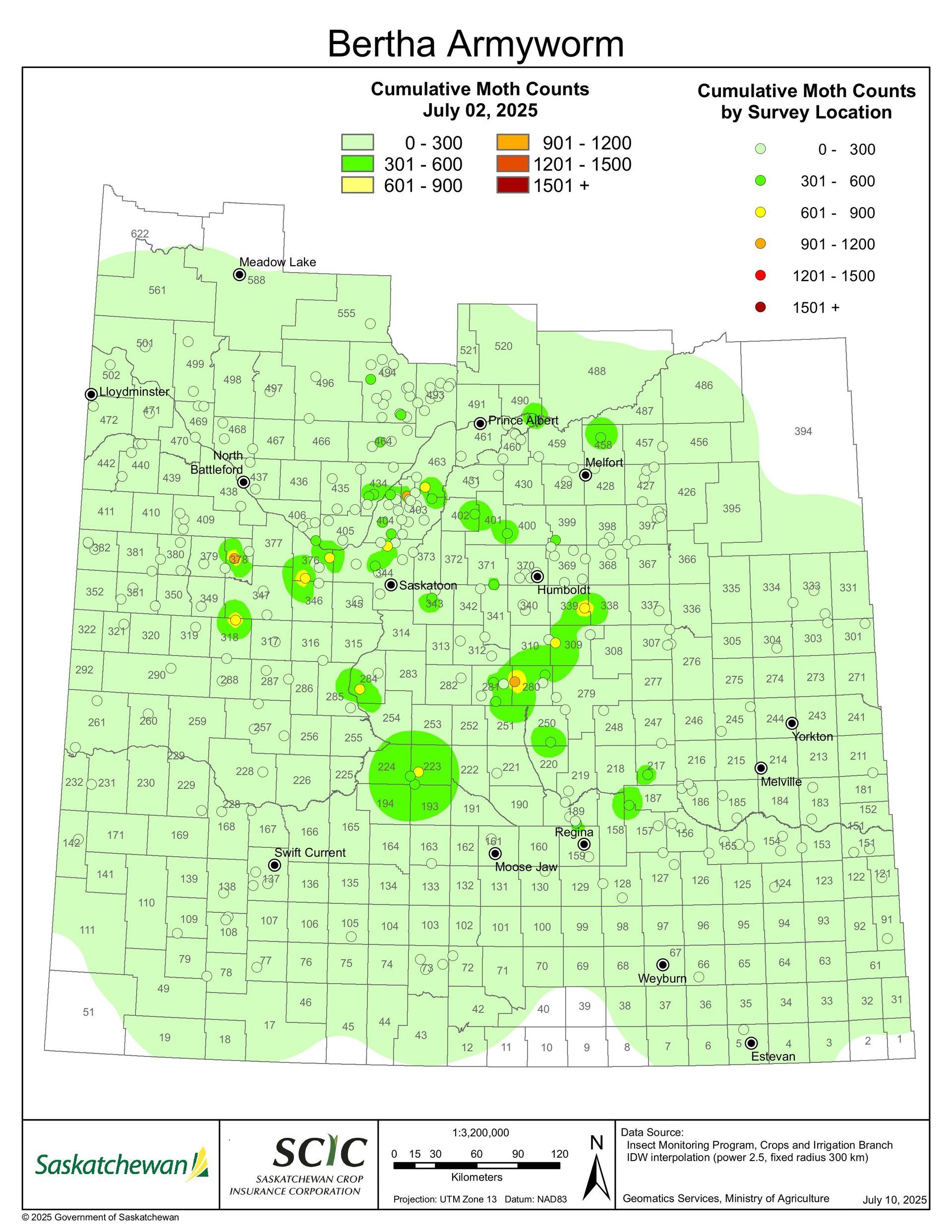
Figure 5: Bertha armyworm risk map as of July 2, 2025. (Credit: Saskatchewan Ministry of Agriculture)
Author
Jennifer Bogdan
Agronomist
Bridge to Land Water Sky Living Lab
